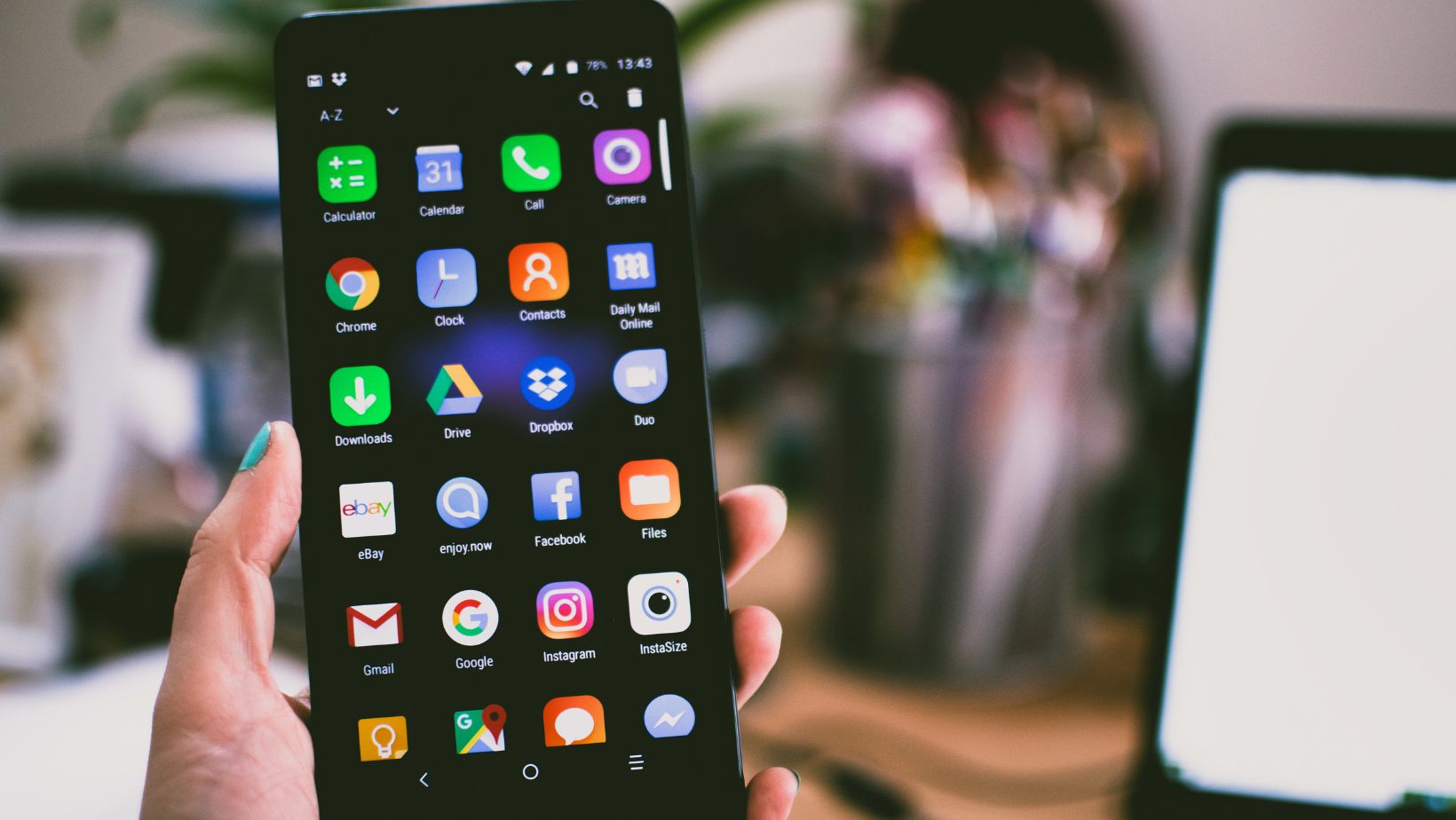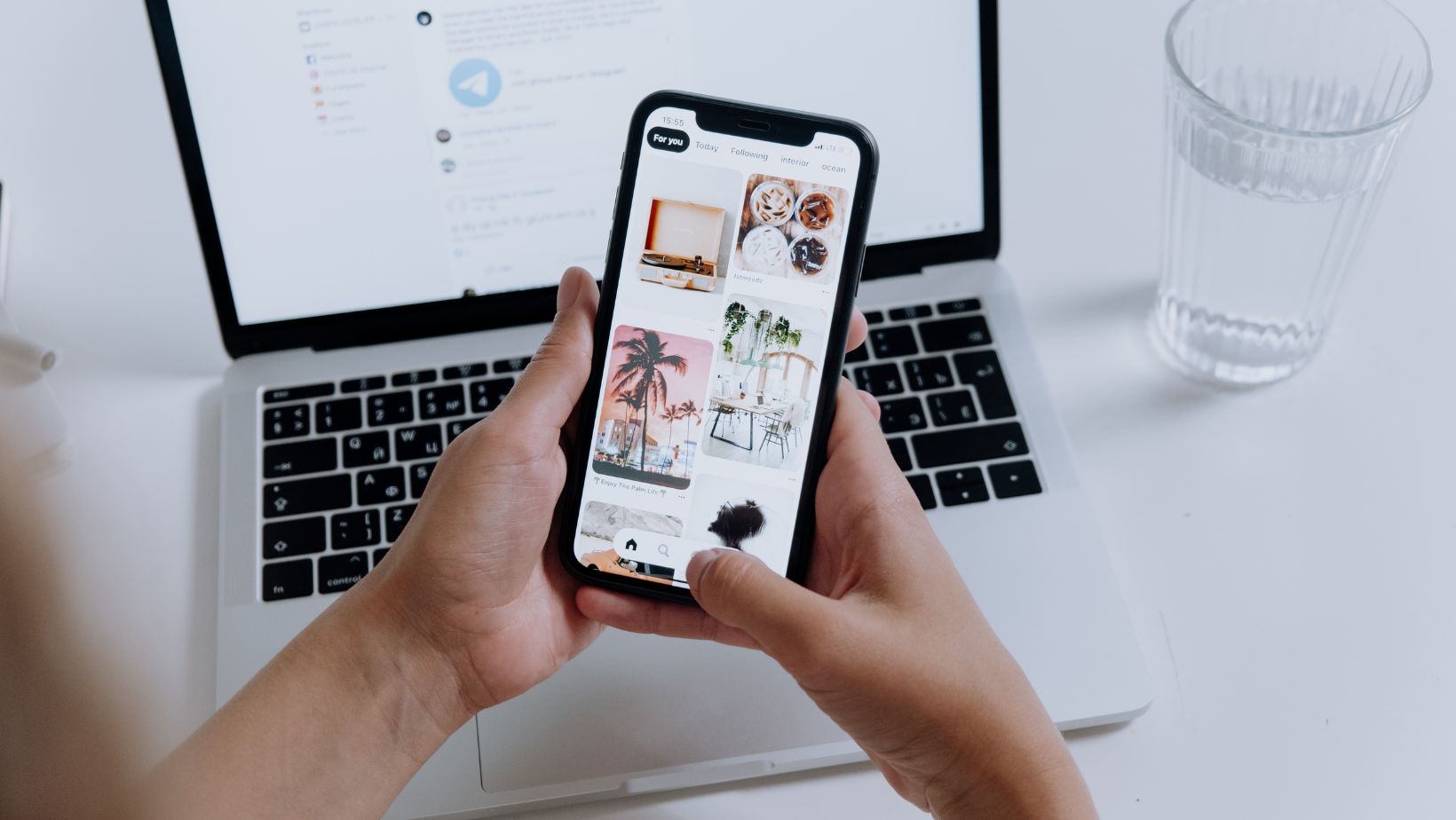
Each Android smartphone learns to “catch” the location of other devices
Google started developing its counterpart to Apple Find My in 2021. In 2023, it was revealed that the app would alert users about unfamiliar Bluetooth tags to protect them from tracking using trackers.
In March, it became known that Android 15 would introduce a new feature called Powered Off Finding API, which would allow Pixel devices to be found even when they are turned off.
The new search method was first announced at Google I/O in 2023. Its principle involves each Android smartphone learning to “catch” the location of other devices and transmit the coordinates to the “Find My Device” online service. However, only the device owner can access the location of their lost gadget.
For instance, if one smartphone detects another via Bluetooth, it will send encrypted information about its location to the cloud. The second gadget will do the same a few meters later, and so on indefinitely. As a result, the user can locate their device using a familiar online map, even if it’s lost and disconnected from the internet and mobile network.
Additionally, flagship Google Pixel 8 and 8 Pro devices can be found even when powered off. This feature is enabled by a backup power source for the smartphone’s Bluetooth module, providing several hours of “beacon” activity. Previously, the “Find My Device” service only connected to gadgets online, so they could only be located if an internet connection was available.
The updated version of the service is currently only available in the United States and Canada
In May, trackers from Chipolo and Pebblebee will be added to the global search network, followed by JBL and Sony headphones, and by the end of the year, Motorola, Jio, and Eufy gadgets will also be included. Another informant will be the Google Nest Hub smart display, which will help locate lost devices within the home.

Google emphasizes that the updated service will not allow frequent location requests. This limitation is introduced to ensure that the service is used for its intended purpose rather than for tracking people. The service will work on devices with Android 9 and newer versions of the mobile operating system.
How to find a lost Android smartphone
The easiest way is to use a computer. To do this, log in to your Google account.
- Go to the Find My service page.
- On the left, select the device linked to your account.
- Wait for the location to be determined.
- Choose what action to take: lock, ring, or reset settings.
How to find a lost Android using an iPhone: Many wonder how to find a lost Android smartphone using an iPhone since Google does not have a Find My app for iOS. However, this can be done using the web version.
Alternatives for Finding Gadgets If You Don’t Like the Standard App
The Prey app works across multiple operating systems, making it suitable for devices on iOS, MacOS, Android, Samsung, and Windows. Additionally, it offers several convenient features not found in competitors, such as the ability to take a snapshot using the device’s camera or view screen activity, potentially allowing you to identify the thief’s identity.
Like other tools mentioned above, download the Prey app to your device and create an account. Once activated, the Prey website can show you the device’s location on a map, as well as its current signal strength. From the website, you can also remotely lock your device, erase its data, activate an alarm, and, as long as it remains connected, even retrieve information such as the aforementioned photos and screenshots.

Software isn’t the only way to track your gadgets. You can attach a compact Tile Tracker to almost any phone or tablet, although this method works best for items lost in your own home (e.g., keys): physical trackers work with an app (for Android and iOS) via Bluetooth, so their range is limited to 60–70 meters.
Tile isn’t the only compact tracker with Bluetooth support. The TrackR device performs more or less the same task, although the TrackR’s range is smaller than Tile’s, only 25–30 meters. If you have an Amazon Echo at home, you can find your mobile phone using TrackR and the Alexa voice command.















